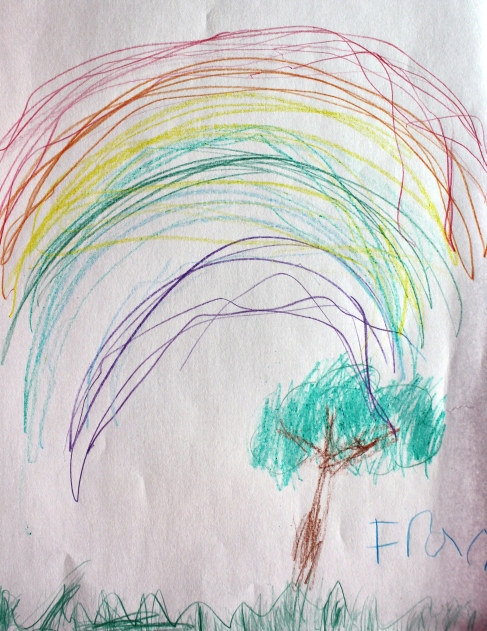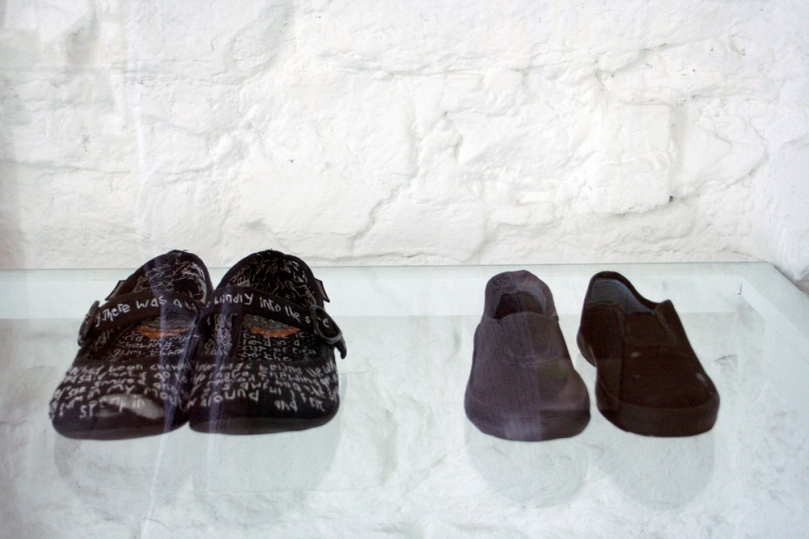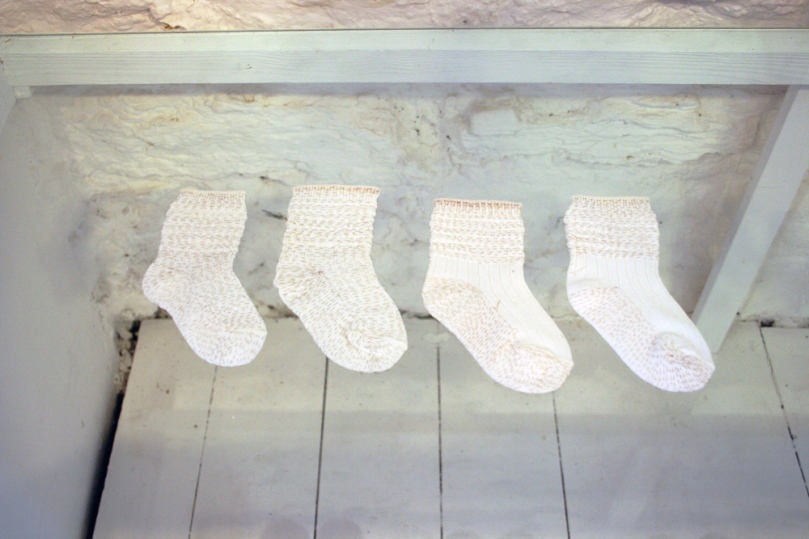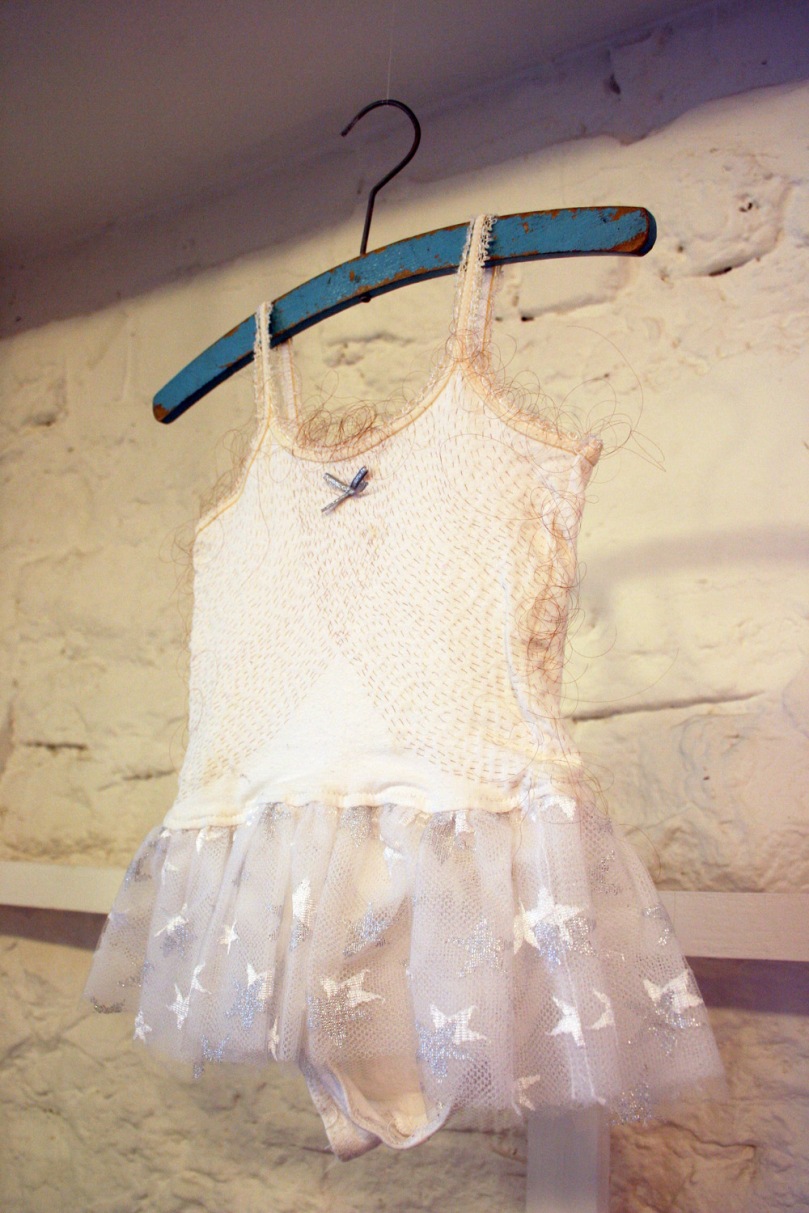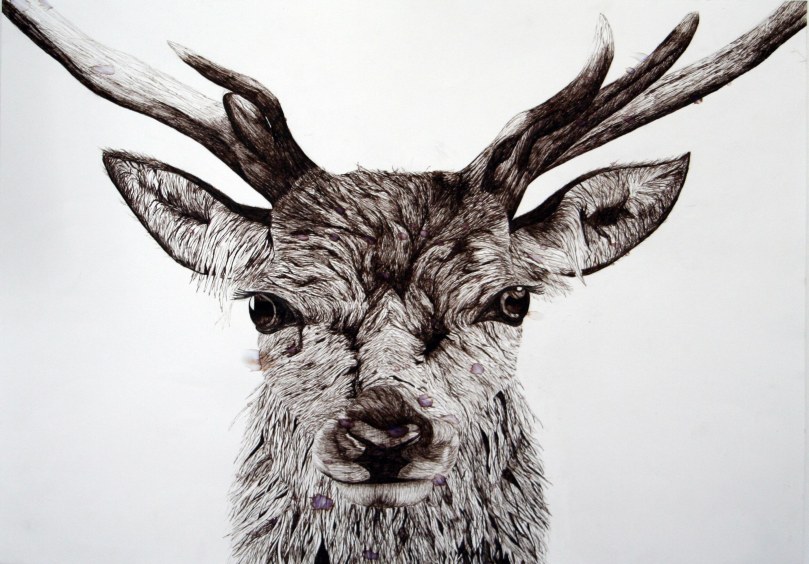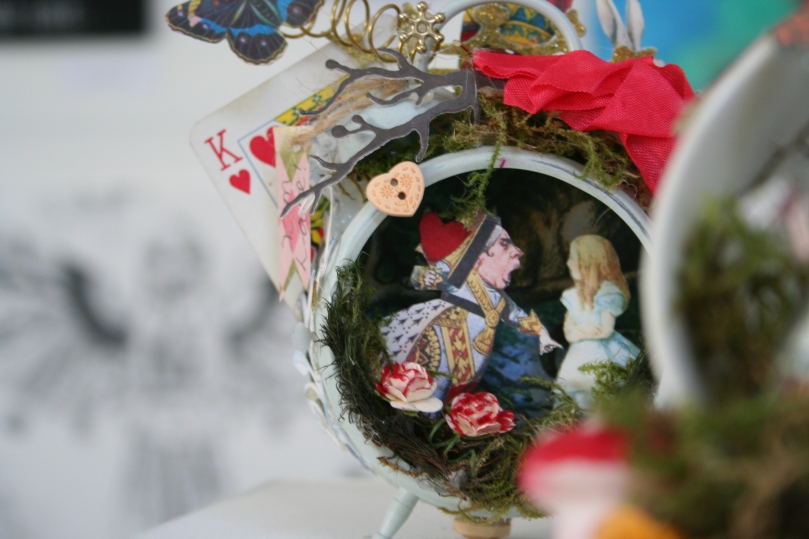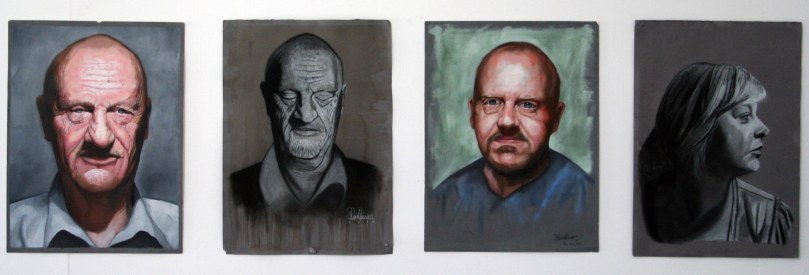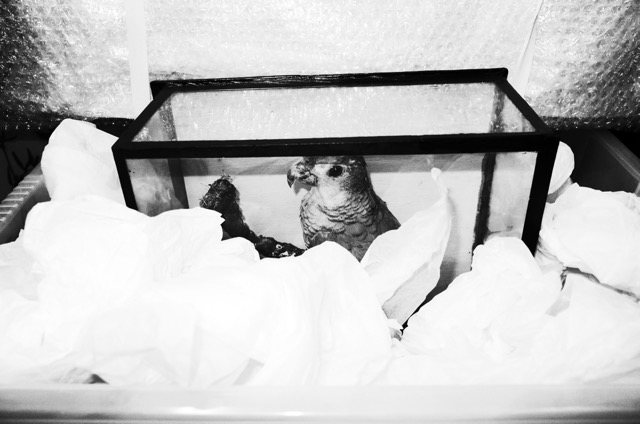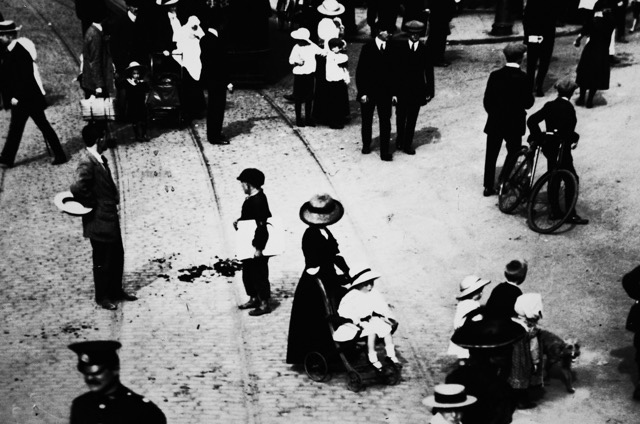Here are some of the lovely drawings done by young visitors to the gallery in March. I am yet to select a favourite, which one would you choose?
Author: missiongallery
Feature Drawings!
Feature Drawings of August
We have a sweet little bunch of drawings this month. A few less than usual, but that’s to be expected when we’ve gone and changed our Feature Drawing system! If you are popping into the gallery, have a little doodle as you wonder round- give the clip board to the kids so that you can browse our beautiful craft area un-inturrupted (ish)!
Here are a few pics of some of the creations from August.
Also, our selected winner on display for the next month in the Gallery Craft area.
ALIEN!
Feature Drawing coming to a blog near you!
Here at Mission Gallery we have decided to move our ever popular Feature Drawing activity onto here!
In the gallery you will find a clip board where you can create your master piece as usual. Once complete, you can hand it in at the front desk. The drawing will then be photographed and posted alongside others in a blog post as well as one lucky young artist being selected as the months Feature Drawing Winner, to be framed and displayed in the gallery.
Maker in Focus | Rebecca Rendell
April 5 – May 8 2016
PRECIOUS METALS
Rebecca Rendell is interested in exploration and discovery as an artistic
process, and believes that these activities are intuitive human actions born
from curiosity.
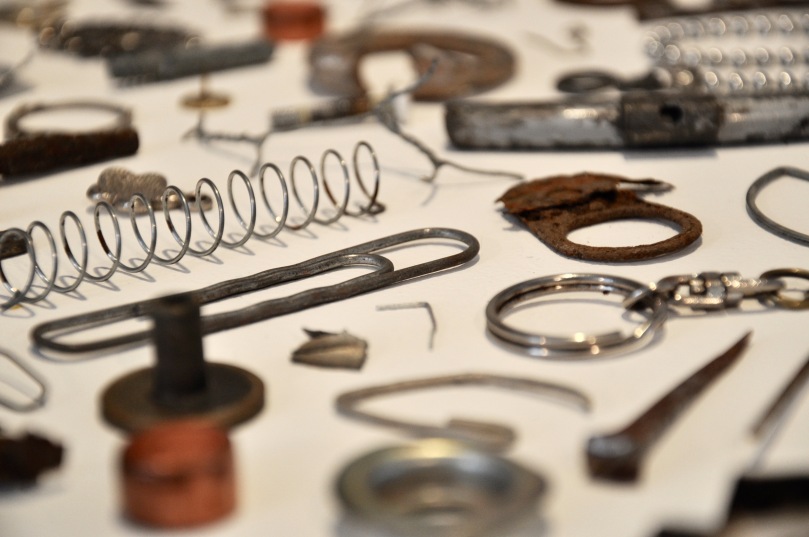
Rebecca collects small familiar objects, rescued souvenirs, and neglected
everyday materials. She likes to engage with the relationship between chaos
and order, and tries to induce a shift in the value of materials, asking; ‘What
does it mean to be precious?’
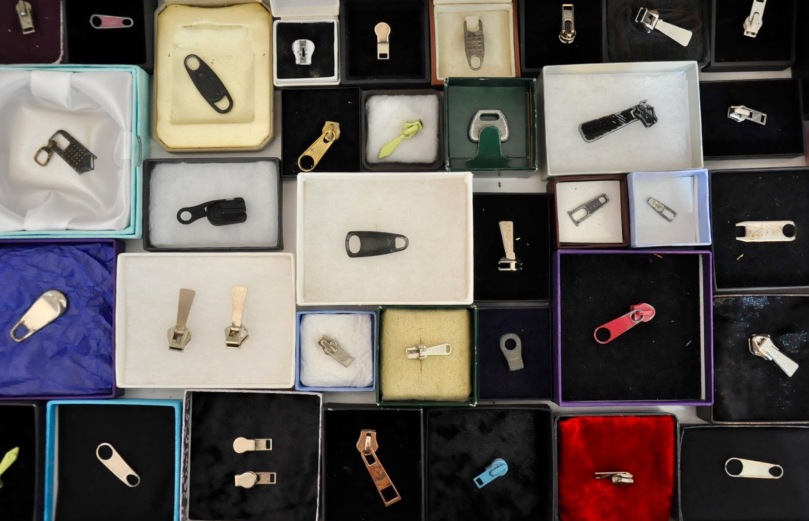
She invests thought and time to transform the identity of each object; it is a
subtle approach of grouping and taxonomy, and this process forms an
ongoing catalyst for her practice.
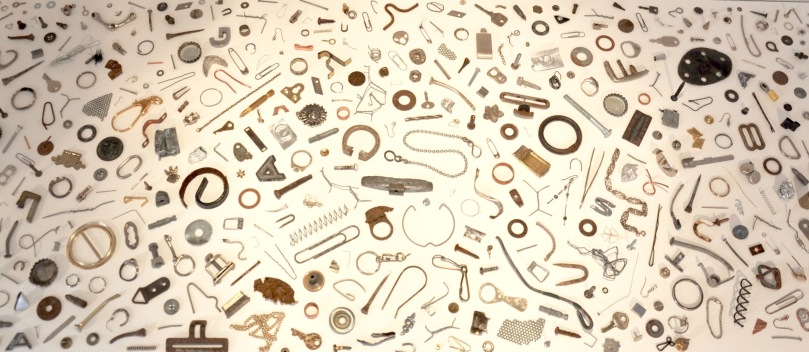
This current series explores remnants and tools on a micro-scale with a focus
on metals. It is a playful observation that aims to interpret some of the many
complex habits of the human condition. Lost zips and rescued metal
ephemera, form evidence of routines and characteristics, forgotten stories and
misplaced objects.
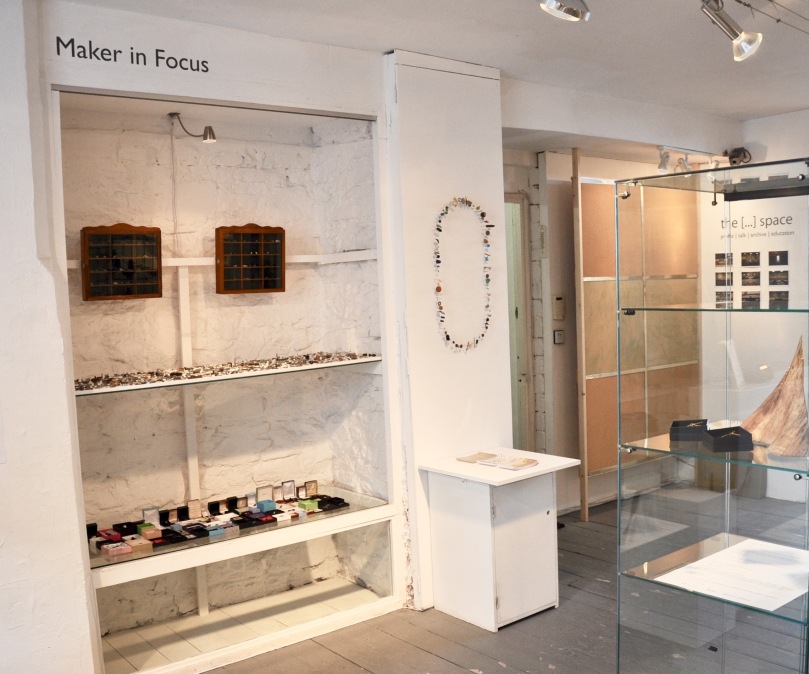
THE TRAVELLING FRIEND
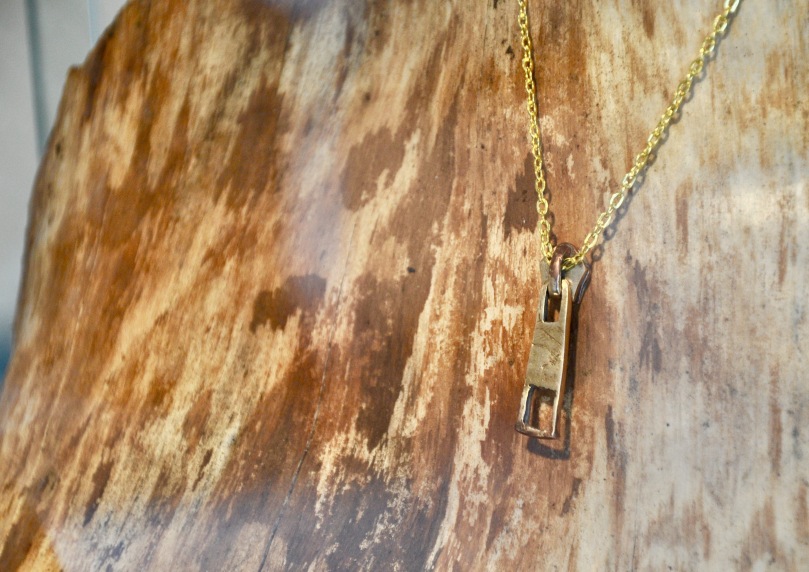
Charming bronze cast miniature forms, suspended on long fine golden chains.
The hand cast shapes are a familiar form, last seen fastening the jacket you
wore to an exciting city far away. Across many cultures, the wearing of lucky
charms is often thought to bring about good fortune. This minimal and unique
pendant was once a lost fastening, it carries a secret story, now it’s a precious
charm to treasure and carry on new adventures.
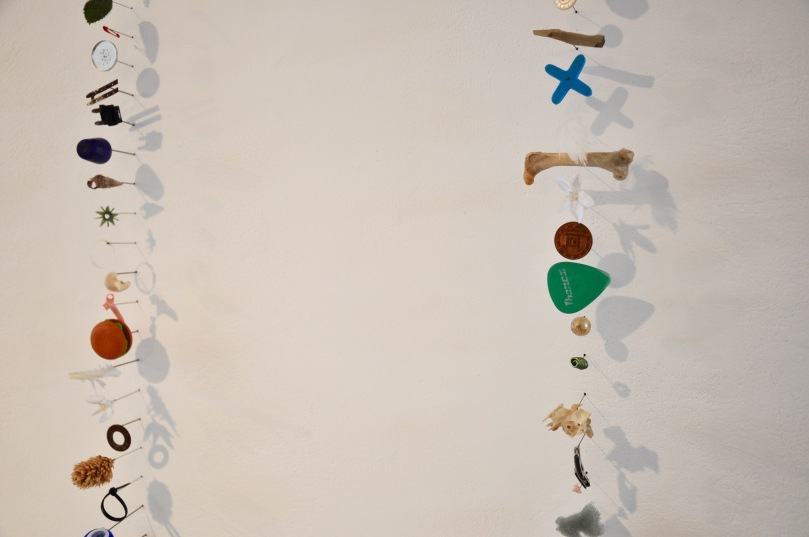
About Rebecca:
Originally from Swansea, Rebecca completed her Foundation Art & Design
course at Swansea Institute before moving to Winchester to study Textile Art
(BA). After her degree she worked for various artists including Damien Hirst,
she then moved to the Middle East for 4 years to continue her studio practise
and began teaching. In 2013, Rebecca gained her MA in Fine Art at Chelsea
College of Art, University of the Arts London.
Rebecca accomplished her first solo exhibition while based in Dubai.
The Continuous Cycle (2012) was hosted by Tashkeel Gallery.
Rebecca has exhibited in more than 30 group exhibitions internationally,
notably; Crossing the Line at Langford:120, Melbourne (2012) and The
Reflective Mirror at South Gallery, New York (2010) this came as a result of
winning the Sheikha Manal Young Artist Award (2009) in Dubai.
Rebecca currently lives and works in Swansea.
Stitching Stories and Shadows
Following Jeanette Orrell’s inclusion in House, an Oriel Davies Gallery exhibition (http://ow.ly/UerbO) opening on 14 November 2015; we take a look back at Jeanette Orrell’s 2014 Maker in Focus at Mission Gallery.
The following essay is written by Angela Maddock, artist and writer.
Jeanette Orrell | Maker in Focus
01 July – 03 August 2014
Jeanette Orrell originally trained in ceramics at Camberwell School of Arts and Crafts, now she mostly works with needle and thread, threads of all kinds. Jeanette stitches because she believes it enables greater immediacy, more control and a different experience of making which allows her work to develop alongside everyday living. This is important because Jeanette’s work is essentially autobiographic. It finds its place in the day-to-day experiences that characterise most of our lives: shared memories, objects, conversations and relationships with others, and for Jeanette, her life as a mother and granddaughter.
A pair of child’s black plimsolls, a hairbrush casting an extraordinary shadow, tiny socks and mittens and a ballerina’s dress stitched through with hair. Stories stitched into worn out shoes, the tale of a seaside holiday, of custard creams and coca cola shared by teenage friends. This was Jeanette’s work for ‘Maker in Focus’ at Mission Gallery in the summer of 2014 and I was intrigued.
One of the black plimsolls is dropped into my open hands and I am momentarily confused when they sink at its unexpected weight. Not canvas and rubber, but lead rests in my palms and I am told to wash my hands afterwards, conjuring up childhood appeals for clean hands before food. This uncanny moment unsettles me, provoking thoughts of lead boots and sinking, a toxic plimsoll.
Jeanette has a thing about shoes. She hoards those that belonged to her daughters, shoes that mark their journey from toddlers into adulthood. In this context, the story she describes when we meet at her north Wales home of loosing one of a pair is significant, for it speaks of lost evidence of her daughters’ lives. Her shoe collection is also her raw material. She squirrels them away in her attic studio where, in this waiting room of sorts, the lost one assumed a very particular presence; it niggled at her. It was not its loss that was the issue, but more what is stood for. Her decision to replace it with one cast in lead expresses what she describes as “the weight of loss.” In the end, this lamp black plimsoll serves as a metaphor for the heaviness of searching for the mislaid, misfiled or lost forever. Jeanette sees the new one as describing: “a burden […] loss is a burden, it’s there all the time.” This lead twin is a substitute of sorts, but it is not a replacement – for, as Jeanette tells me, we can never replace the original.
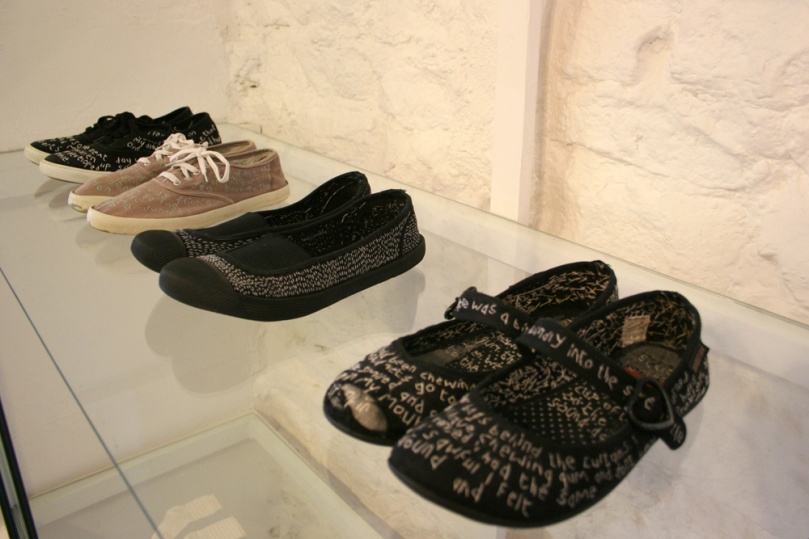
There are other plimsolls or pumps laid out on Jeanette’s kitchen table, one stitched through with the story of her daughter Honey’s first seaside holiday without the family, a tale of biscuits and pop shared on a seaside bench. Like much of Jeanette’s work, these shoes act as both memorial and fetish object; memorials to childhood pleasures and fetish objects that testify to Jeanette’s continuing attachment to her children, her desire to keep traces of their childhood close as they become physically distant. Soles worn soft from daily wear and canvas uppers that perform as carefully stitched diary pages, witness to their many ‘home from school’ chats.
In another room sits a wooden ironing board with a cover embroidered in red text. This ironing board belonged to her paternal grandmother; its role as domestic object brought to a full stop by the hand stitched transcription of stories she shared with Jeanette during her last illness. These uneven letters recall a child’s hand, a child practicing independence. Jeanette tells of a deep attachment to her grandmother and describes the stitching as her “labour of love”, a time consuming, meditative and absorbing process that enabled her to work both with and for her grandmother in what she describes as the “year of mourning” following her death.
Shoes are not the only things Jeanette keeps close. She also collects her daughters’ hair: “all their hair from when they were babies until now.” There is a postcard image of this hair, plaits snipped from heads and held together by embroidered ribbon, a collective of Rapunzels. We discuss how haircuts perform as rites of passage, how they mark time. These haircuts, and their ensuing plaits, seem to act as pauses, commas, and in the final snip, full stops: a grammar of the journey to adulthood. Somehow, in gathering this hair, Jeanette holds onto time and in using it as embroidery thread, she extends its life.
Individual pale red hairs trace across tiny white scratch mittens and pierce the cloth of a baby vest once worn by her husband, Steffan. All these small things are perfectly flat, as if freshly pressed, and are stored in individual, hand made boxes. They are intriguing, uncanny and somewhat abject and, like the stitches that rendered the ironing board ‘useless’, the hair in these baby garments makes them unwearable: these are scratch mittens that will scratch. In all these things the quality of Jeanette’s stitching is striking, a painstaking, perfectly measured running stitch, which might echo the care we hope is given to children. We look at the baby vest, a vest I describe as more a ‘hair shirt’ and Jeanette offers a truth: “Motherhood can feel like that.”
In threading hair through the ballerina dress, Jeanette has introduced a disquieting aspect into her work. She explains that this piece makes some people feel ‘uncomfortable’, a discomfort brought about, I suspect, partly by tactile dislocation but also by the intervention of signs of adulthood at the site of a child’s body. This reminds us that empty garments are never empty.
Eventually we return to the shadows, the things that struck me most when I first encountered her work. Jeanette shares a practical explanation, she draws each object – simple, domestic tools – at different times and as the light changes the shadows overlap, elongate and become dense. This makes sense, but there is something else, these dark shadows have a melancholic quality, suggesting an absence and longing that I feel says something about mothering and separation.
I leave with one thought resonating beyond others. Jeanette embellishes, yet her stitches are more than decoration, much more than surface. These stitches are tiny marks of care, acts of love that resonate with the complex nature of our relationship to others and their ‘things’.
New Perspectives | A Showcase of Swansea’s GCSE Talent
30th September – 25th October 2015
We are proud to have been able to host an exhibition of GCSE work to celebrate the variety and quality of work produced in schools across the Swansea region.
The exhibition New Perspectives has been extremely well received by our visitors. Members of the public have gone to great lengths to make sure that they tell us how amazed they are at the quality and talent of young people in this area.
The work was selected by contemporary artists Shelley Holden, Anna Lewis and Tim Stokes, who are also lecturers on the Art Foundation Course at Swansea College of Art, and the exhibition was professionally curated by Mission Gallery. Our Learning and Participation Officer Lucy Donald and the above artists visited the ten schools art departments across the region and selected work from portfolios gathered by teachers at participating schools.
The exhibition has enabled the art community and visitors to Mission Gallery realize the level of attainment happening in our local schools, as well as stressing the importance of celebrating the achievements of young artists. We hope to encourage these students to continue their studies in art and to have confidence in the creative industries; so that they might one day consider The Arts as a potential career route.
Many thanks to Heads of Art and most importantly the pupils involved from:
Bishop Gore, Bishopston, Bryntawe, Cefn Hengoed, Gwyr, Gowerton, Morriston, Olchfa, Pentrehafod, Pontarddulais.
Swansea Museum Residency: Matthew Thompson
Mission Gallery are working in partnership with Swansea Museum to create space for an artist in resident to explore and develop their work in response to the Museum’s photographic archive for artistic research.
The chosen artist for this residency is Matthew Thompson, a BA (Hons) Photography in the Arts graduate from the Swansea College of Art, University of Wales Trinity Saint David. Highly commended for his degree show work Mission Gallery felt that this residency would be beneficial to his practice.
His work represents a personal pursuit of significance within the vernacular, the everyday. By photographing the world aroundhim, everyday movements and engagements serve as means to form a narrative; highlighting poignant moments, reminding – to quote Barthes – of what has been. As a photographer, this relationship with the transient becomes a form of meditation. Responding to curiosity with little conscious contemplation involved, he takes an intuitive approach at the time of photographing. In subsequent editing and sequencing, he embraces formality. The images exist in the moment they took place – interested only in the atmosphere that emerges.
Matthew: My work has always been centred around this notion of the found; I don’t like to plan or intervene with subjects. For me it has become really important to aim to approach things with equanimity. I’m really attracted to the idea of reacting to something intuitively through photography.
I entered the residency with very minimal knowledge and experience of Swansea Museum itself, and what struck me straight away was the volume of items, all logged, categorised and stored away somewhere. I immediately started to photograph items within this collection, but was drawn towards the objects, over things like the paintings and photographs.
For me the endless props and items I found almost bizarre.
I often think about photography within book form and in a linear and sequential fashion and want to re-appropriate as much of the Museums archive as possible into my own catalogue, hopefully pulling out interesting juxtapositions.
I want to try and form an abrasive relationship between images, something that doesn’t sit too neatly or easily on the page. I’m not entirely sure why I am feeling this way inclined so far but I’m hoping that will become clear through the next two weeks. It may perhaps be to do with the surface disorder that surrounds the clearly heavily organised nature of the whole archive. There are these pockets of seeming disorder, where things appear to have been pushed aside, forgotten and almost hoarded. That is what appeals to me most through the archive.
Anything that is property of Swansea museum I want to try and utilise, whether that be something that is a part of the official archive, or something that sits quietly to the side. For instance, I’ve been down to the cellar underneath the museum, I’ve photographed parts of the buildings I’ve been in, in search of something interesting to explore.
Ultimately I want to have photographed thousands of things within the granted time-frame and then work the images down into a coherent body and sensible number.
New Designers 2015 and the search for Mission Gallery’s Graduate Showcase
As part of my new role as Retail Assistant within the Mission Gallery I was invited to accompany a colleague to Part One of the New Designers show 2015 in London. The show gave me a whole new outlook on the possibilities and the innovation within contemporary craft and design.
The main objective in attending the show was to scout for recently graduated designers to exhibit within our annual Graduate Showcase. Having never been to New Designers before and not knowing what to expect, I was astounded at the size of the space and the volume of work to see. The show gave me a chance to develop and expand my knowledge of work created within the bracket of craft and design.
Through being trained within the discipline of Fine Art I’m used to talking about creative practice in a slightly different way, looking heavily on concept and how well the piece translates its ideas to the viewer. But the work within New Designers was a lot more functional and decorative, with items including clothing, ceramics, utensils, jewellery, etc. I was drawn and focused on asking more practical questions of durability, development of the product and why certain materials and processes were used within certain pieces. Having one to one conversations with the designers really made me connect to the work in a deeper way and gave me the opportunity to question and divulged into further detail of the ideas and making of their products.
With regards to the Graduate Showcase, it was a hard decision for my colleague and myself to choose between such a great group of talented individuals. Mission Gallery has a strong connection with contemporary craft and design and for the show we were focusing on artists, makers and designers who have showcased excellence within their specialised field; highlighting those that are pushing the boundaries of traditional concepts and ideas.
Watch this space for August 4th; you will certainly not be disappointed.
Written by: Rachael Leahy, Mission Gallery’s Retail Assistant
Re-making the Cornucopia
A detailed insight into the design process involved in Loglike’s ‘Cornucopia’. Thanks Jen!
















